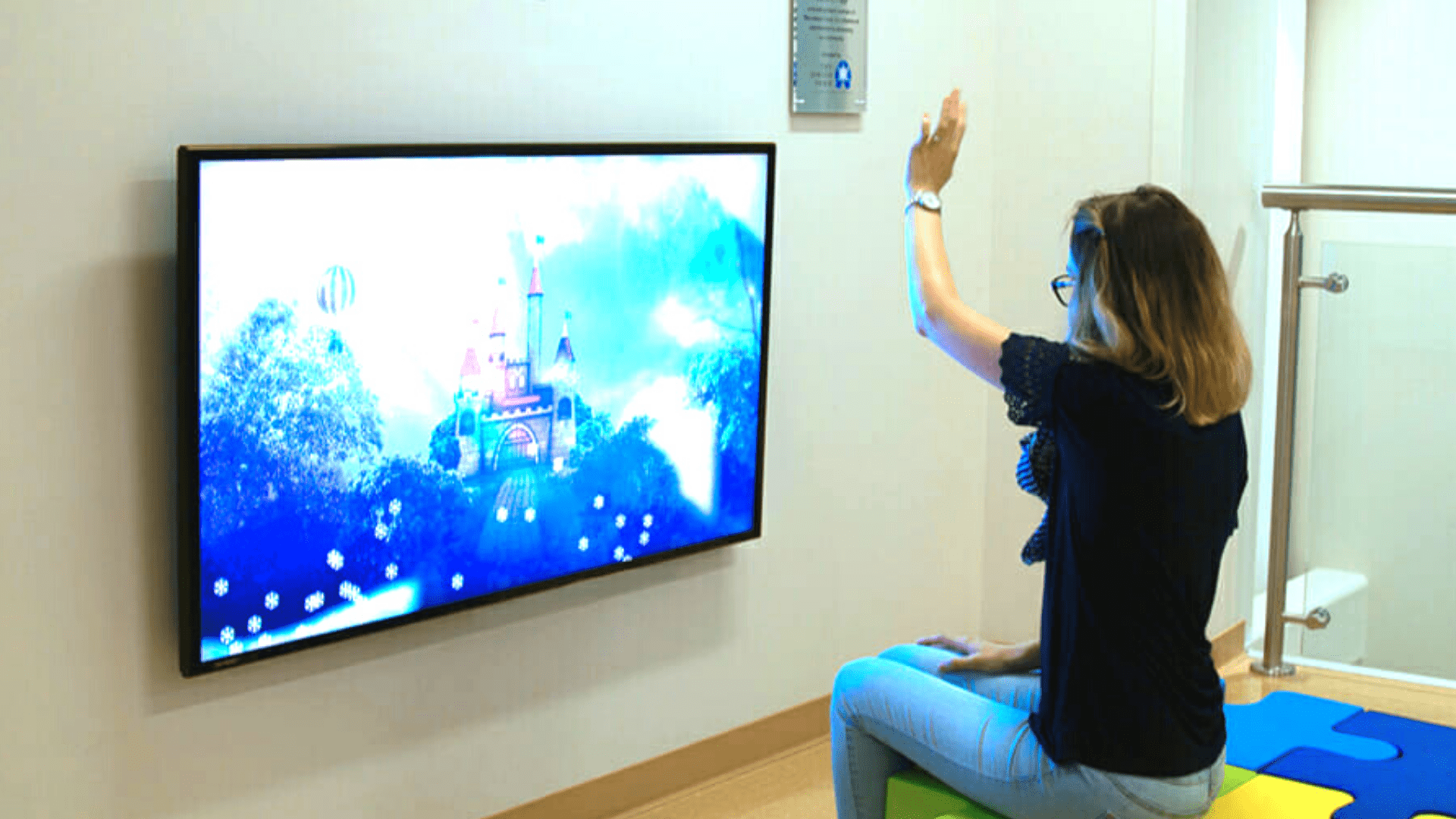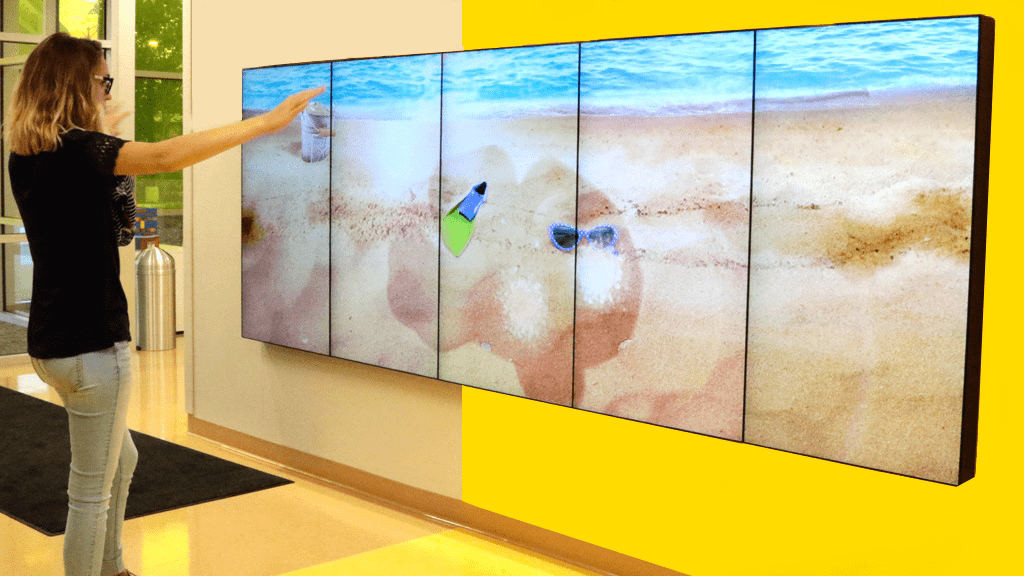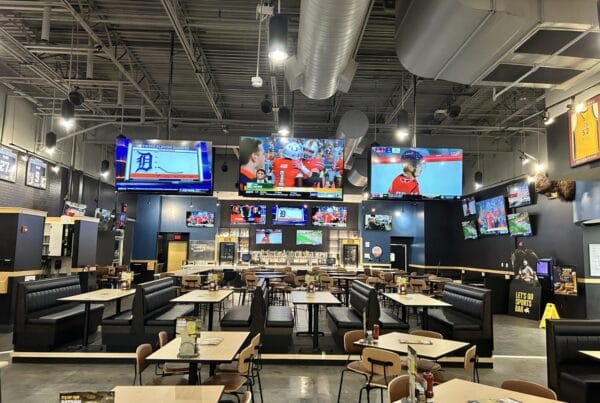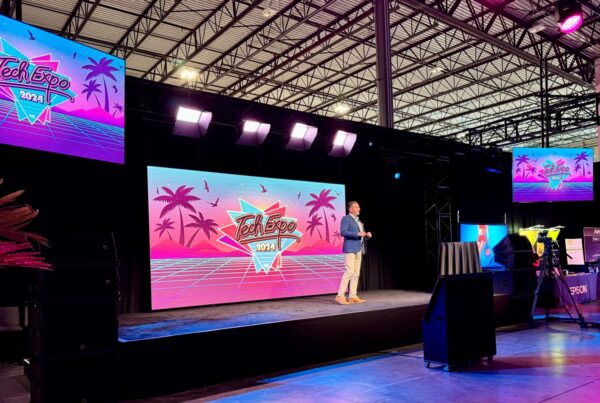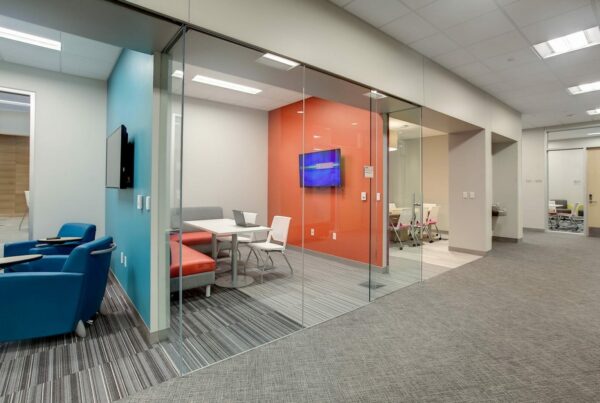One of the biggest trends in tech is “touchless” or contactless technology, which is quickly finding its way into all aspects of our lives. Whether it’s used for convenience, safety or to create an immersive canvas, touchless technology has revolutionized the way we engage with digital content. So what exactly is this magical tech all about? Keep reading to uncover the secrets behind touchless technology and explore the many ways it can be utilized.
What is Touchless Technology?
Touchless technology refers to a set of innovative solutions that enable interaction with devices and systems without the need for physical touch. It utilizes various sensing technologies, such as infrared, optical, or depth cameras, to detect and interpret user gestures and movements. By eliminating the need for direct contact, touchless technology provides a more hygienic and intuitive user experience.
How Does Touchless Technology Work?
 Optical and Infrared Sensing
Optical and Infrared Sensing
Touchless interactive displays rely on a combination of optical and infrared sensing technologies to detect and interpret user interactions. These displays are equipped with sensors and cameras that create an invisible field around the screen, capable of detecting the user’s hand movements and gestures.
Gesture Recognition Algorithms
Captured data from the optical and infrared sensors is processed by advanced gesture recognition algorithms. These algorithms analyze the spatial and temporal characteristics of the hand movements to recognize and interpret specific gestures. Common gestures include swiping, tapping, pinching, and rotating.
Depth Sensing Cameras
Sophisticated touchless interactive displays may also incorporate depth sensing cameras, which provide depth perception and improve the accuracy of gesture recognition. These cameras capture the distance between the user’s hand and the display, allowing for more precise tracking and interaction.
Calibration and Tracking
To ensure accurate and responsive touchless interactions, touchless interactive displays often require calibration. During the calibration process, the system learns about the user’s hand movements and establishes a reference point within the field of view. Once calibrated, the system continuously tracks the user’s hand position and movements in real-time, enabling seamless and intuitive control over the digital content.
Virtual Touch Points and Feedback
Touchless interactive displays create virtual touch points, which simulate the sensation of physical touch. When a user’s hand approaches or hovers over a specific area on the display, the system generates visual feedback, such as highlighting or changing the appearance of the virtual touch point. This feedback helps the user perceive the interaction and confirms that the intended action has been recognized.
Multi-Touch and Multi-User Capabilities
Touchless interactive displays often support multi-touch and multi-user capabilities, allowing multiple users to interact with the screen simultaneously. This opens up opportunities for collaborative experiences, such as interactive presentations, educational applications, and multiplayer games.
Integration with Other Technologies
Touchless technology can be seamlessly integrated with other technologies to enhance the user experience. For example, integrating voice recognition technology enables users to control the display through voice commands, offering a multimodal interaction approach. Furthermore, augmented reality (AR) or virtual reality (VR) technologies can be combined with touchless displays to create immersive and interactive experiences.
 Benefits and Applications
Benefits and Applications
Touchless technology brings multiple benefits and can be used across a wide variety of fields:
Hygiene and Safety: In the era of heightened hygiene awareness, touchless interactive displays offer a clean and germ-free interaction method, reducing the risk of cross-contamination.
User Engagement: Touchless interactive displays provide a captivating and immersive experience, capturing users’ attention and enhancing engagement with the content.
Public Spaces and Retail: Touchless interactive displays find applications in public spaces, retail environments, and interactive exhibits. Users can explore information, navigate through menus, make selections, and even complete transactions without the need for physical touch.
Education and Training: Touchless interactive displays are valuable tools in educational settings, facilitating interactive and dynamic learning experiences. Students can interact with educational content, manipulate objects, and collaborate with their peers seamlessly.
In conclusion, touchless interactive displays represent a remarkable leap forward in human-computer interaction. This technology has transformed the way we interact with digital content, offering a hygienic, intuitive, and engaging user experience to various interfaces.
Looking to Integrate Touchless Technology?
Bluewater’s team of AV integration experts is well-equipped to help you incorporate the power of touchless technology into your displays. Learn more about how Bluewater can help elevate your spaces with interactivity and touchless technology. Reach out to us today to get started!


